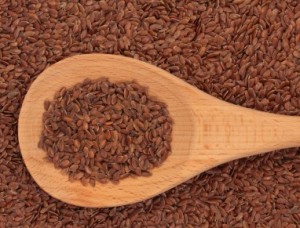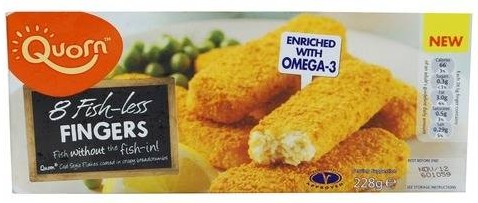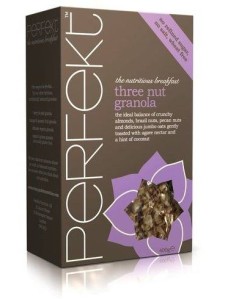Possibly 75% of people around the world are lactose intolerant – which might go some way to explaining why there are so many alternatives to milk.
But there are numerous other reasons too, it might be simply be beneficial to health, or autism related, or asthma, or galactosaemia, or a sensitivity to casein or one of many other problems with drinking milk.
Whatever your reason it’s important to make sure you’re still getting the calcium, iodine and vitamins that you need.
Here are some of the alternatives…
Goat’s milk
Rich in nutrients and easier to digest (even though it still contains lactose). It has less casein but almost as much fat and calories as cow’s milk. However, it can cause a vitamin B12 deficiency in children.
Sheep’s milk
Sheep’s milk has twice as many minerals, eg. calcium, phosphorus and zinc and the vitamin B-complex, as cow’s milk. But it is also higher in calories and fat. Like goat’s milk, it is easily digested. And it’s also a good source of iodine, which helps if you suffer with thyroid problems.
Camel’s milk
Five times as much Vitamin C as cow’s milk. Helps with diabetes. Contains some lactose. Not easy to source.
Buffalo’s milk
Higher in calcium, protein and iron and contains more vitamins and minerals (including calcium and iron) and 43% less cholesterol than cow’s milk. But it also has twice as much fat and still contains lactose. Not easy to source.
Hemp milk
Half the amount of protein of cow’s milk, and calcium is often added. Rich in Omega 3, minerals and vitamins, hemp milk also has a creamy consistency. No lactose.
Quinoa milk
Quinoa is a very digestive food and nutritionally well balanced. It’s protein contains all essential amino acids and it is rich in unsaturated fatty acids. No lactose.
Spelt milk
A good source of fibre and B-complex vitamins. Cholesterol free. No lactose.
Oat milk
Rich in fibre, lowers cholesterol and low-GI. It’s actually the preferred energy drink of many athletes. A pleasant milky taste. No lactose.
Barley milk
Has a higher phosphorus and potassium content than regular milk. Helpful in repairing the body, though it doesn’t contain calcium. No lactose.
Kamut-wheat milk
Highly recommended for its milk-like taste. No lactose.
Millet milk
Lower in fat, higher in fibre and less calories than cow’s milk. Rich in protein and minerals. No lactose.
Rice milk
Compared to soya, rice milk is considered closer to cow’s milk in taste and texture. It is naturally sweet, low in fat and high in fibre. But it’s also low in calcium and protein. No lactose.
Soya milk
Soya milk is high in protein so it’s useful for cooking with. It is also comparatively cheaper than other milk alternatives due to its ubiquity. However, some avoid it because it can raise estrogen levels. No lactose.
Almond milk
Tastes great, and has some of the lowest calorie counts of all milk alternatives. No lactose.
Hazelnut milk
A thicker consistency. It also provides calcium and sulphur. No lactose.
Coconut milk
Lots of phosphorus, iron, magnesium and fibre makes coconut milk a superfood. It’s low in calories, boosts immunity and has a distinctive creamy taste.
Cashew nut milk
Delicious but not easy to find. Just as well it’s easy to make… Cashew’s are a good source of copper and magnesium.
Raw milk
The argument is that pasteurisation destroys some of the goodness in milk which would actually make it digestible for people with gut problems. It remains to be seen whether ‘green top milk’ is actually helpful for people with psoriasis and high blood pressure.
UV milk
Possibly the milk of the future: milk that is treated by UV instead of pasteurisation?
Lactose-Free milk
Or, of course, you could take the lactose out of the milk
You can also make milk from peas, peanuts, or seeds!







